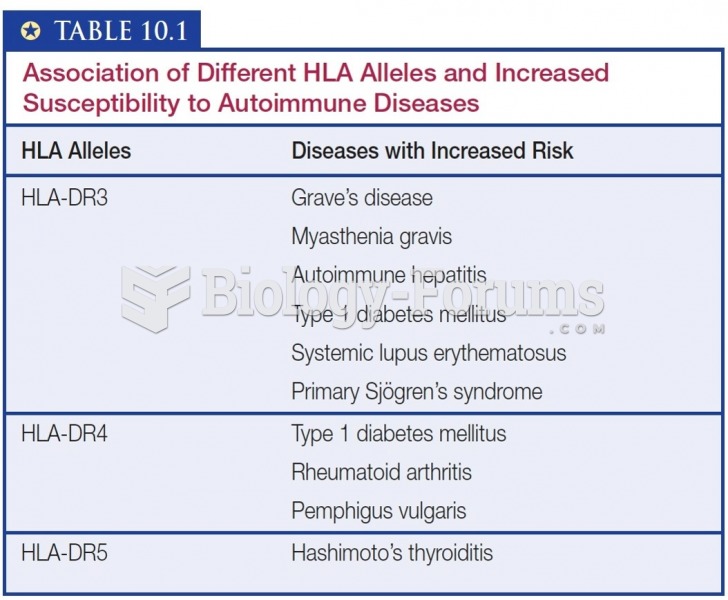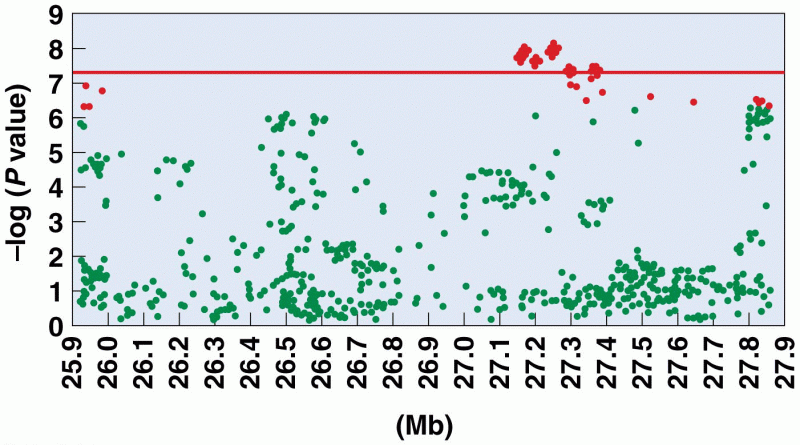|
|
|
Of the estimated 2 million heroin users in the United States, 600,000–800,000 are considered hardcore addicts. Heroin addiction is considered to be one of the hardest addictions to recover from.
Inotropic therapy does not have a role in the treatment of most heart failure patients. These drugs can make patients feel and function better but usually do not lengthen the predicted length of their lives.
When Gabriel Fahrenheit invented the first mercury thermometer, he called "zero degrees" the lowest temperature he was able to attain with a mixture of ice and salt. For the upper point of his scale, he used 96°, which he measured as normal human body temperature (we know it to be 98.6° today because of more accurate thermometers).
The calories found in one piece of cherry cheesecake could light a 60-watt light bulb for 1.5 hours.
Aspirin is the most widely used drug in the world. It has even been recognized as such by the Guinness Book of World Records.
 Which do you think is most at work in a debate contest, mastery- or performance-goal orientations or ...
Which do you think is most at work in a debate contest, mastery- or performance-goal orientations or ...
 The cultural and racial–ethnic diversity of today’s work force has led to the need for diversity ...
The cultural and racial–ethnic diversity of today’s work force has led to the need for diversity ...





